Knotless braids are a protective style for natural hair, achieved through continuous braiding, skipping the traditional starter knot. This gentler approach prevents scalp irritation and promotes hair growth. Perfect for beginners, knotless braids offer long-lasting, versatile looks with minimal manipulation. Learn the technique, grab your braiding hair, and get ready to flaunt your beautiful. Braiding is a timeless hairstyle that has been passed down from generation to generation, with its origins dating back to ancient civilizations.
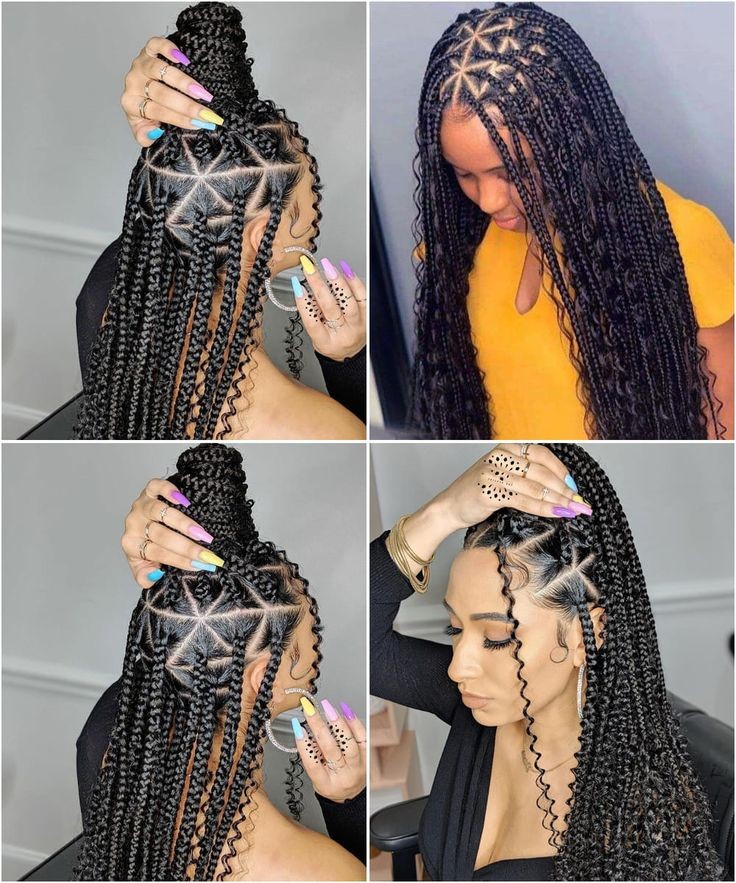
As a versatile and practical hairstyle, braids have stood the test of time and continue to be a popular choice today. However, the traditional method of braiding can often be time-consuming and uncomfortable, particularly for beginners. This is where knotless braids come in – a modern twist on the classic style that offers a more comfortable and natural look.

Click Here To Buy Braiding hair
Knotless braids have been gaining popularity in recent years, and for good reason. Not only are they easier to install and maintain, but they also put less tension on the scalp, making them a healthier option for your hair. In this article, we will delve into the world of knotless braids and provide a comprehensive guide for beginners looking to try out this trendy hairstyle. From the benefits and different types of knotless braids to tips on how to care for them, we have got you covered. So, if you are ready to elevate your braiding game, read on to discover everything you need to know about knotless braids.
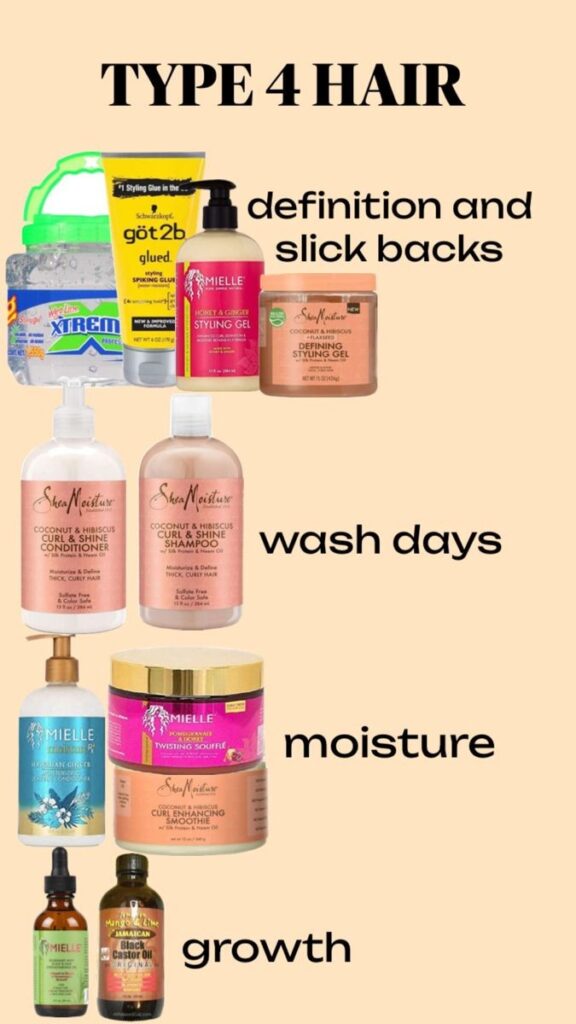
Click Here To Buy Products
1.Large knotless braids for beginners
Large knotless braids for beginners are a beginner-friendly, protective hairstyle with a focus on larger sections of hair. This style minimizes tension on the scalp, making it a comfortable choice for those new to braiding. Follow simple tutorials for an easy and stylish introduction to knotless braids.
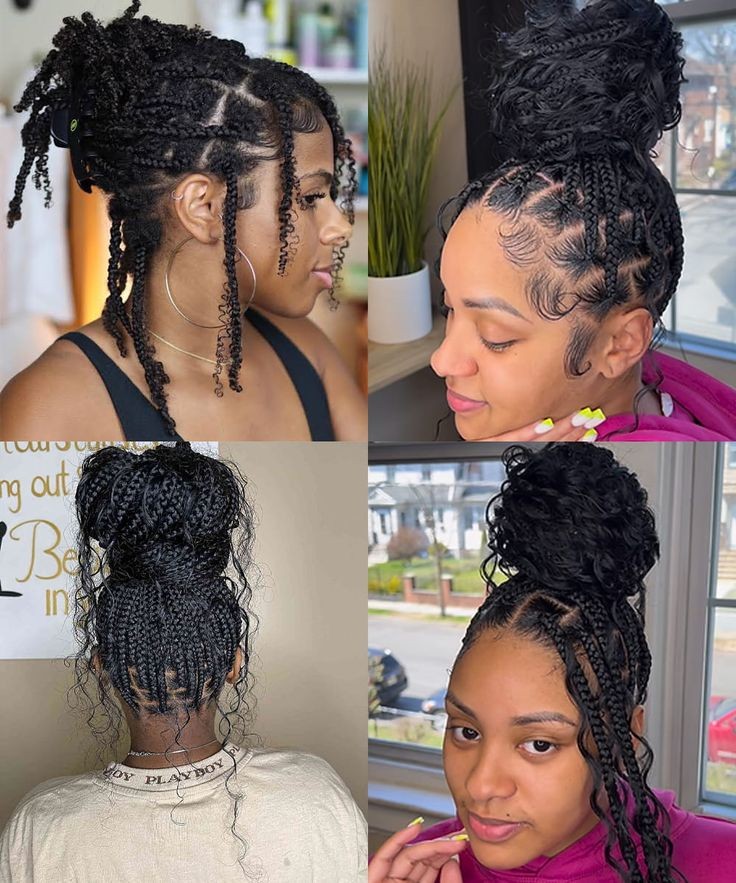

2.Diy knotless braids for beginners
DIY knotless braids for beginners involve parting hair into sections, gradually adding extensions without traditional knots for a comfortable finish. Begin at the nape, follow tutorials for a step-by-step guide, and use basic tools like a rat-tail comb. It’s a simple, protective style suitable for those new to braiding.



3.Half-up knotless braids
Half-up knotless braids are a stylish hairstyle where only the upper half of the hair is braided, leaving the lower section free. It combines the elegance of braids with the versatility of loose hair, creating a trendy and manageable look. Beginners can achieve this style by following tutorials, focusing on the braiding technique for the upper portion while leaving the remaining hair down.


4.Swoop with knotless braids
Swoop with knotless braids is a hairstyle technique where braids start without a visible knot at the base, creating a natural and seamless look. The braids are then styled to swoop or curve, enhancing the overall aesthetic while minimizing tension on the scalp.
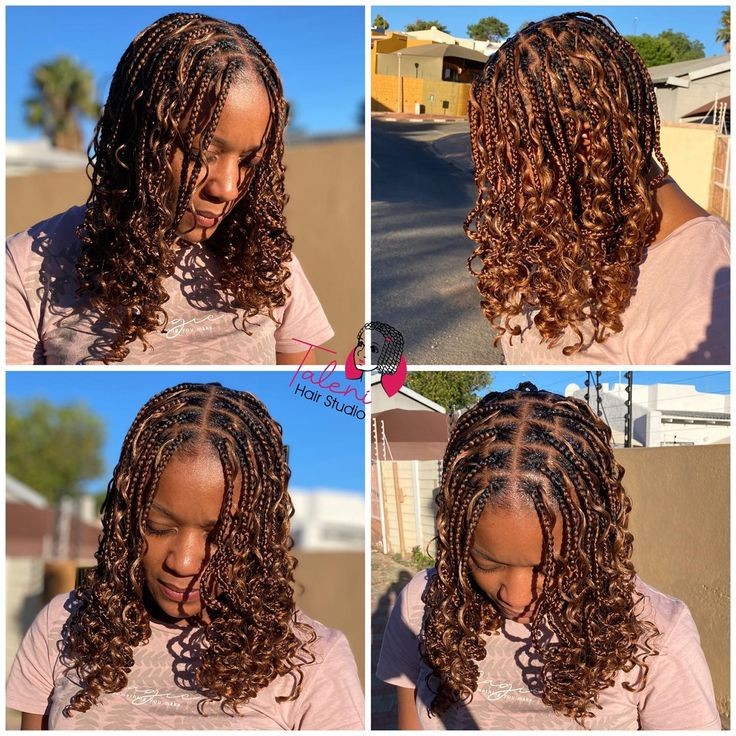


4.Big knotless braids with curly ends
Big knotless braids with curly ends involve creating large braids without visible knots at the roots. The braids are styled to be voluminous, and the ends are curled for added texture and a dynamic finish, combining the benefits of knotless braids with a curly aesthetic
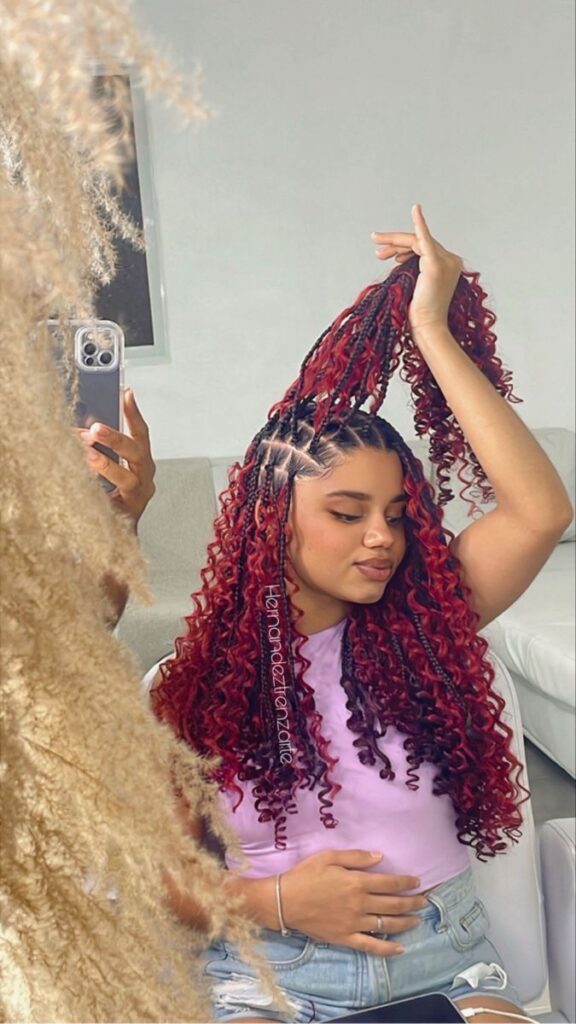

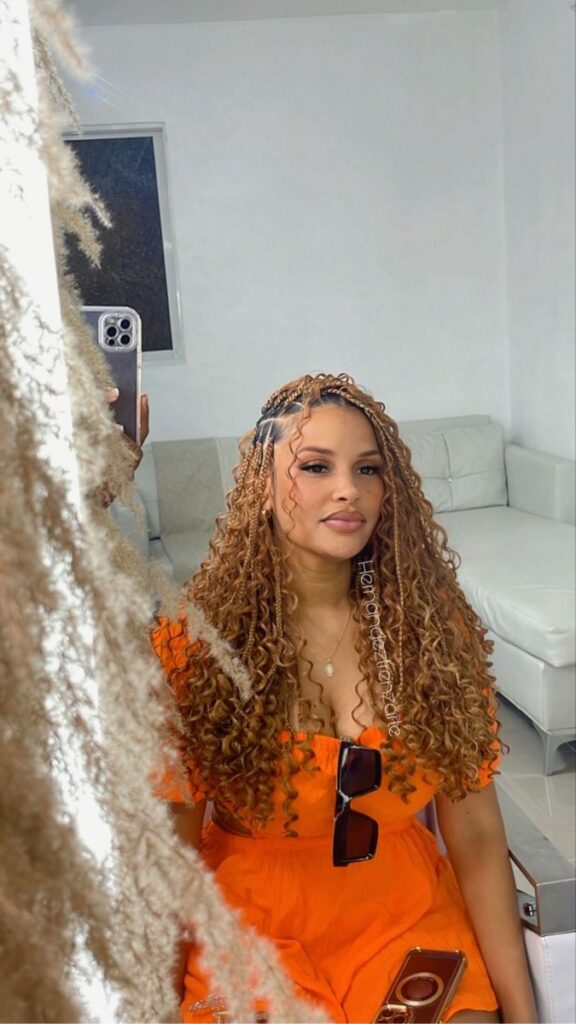



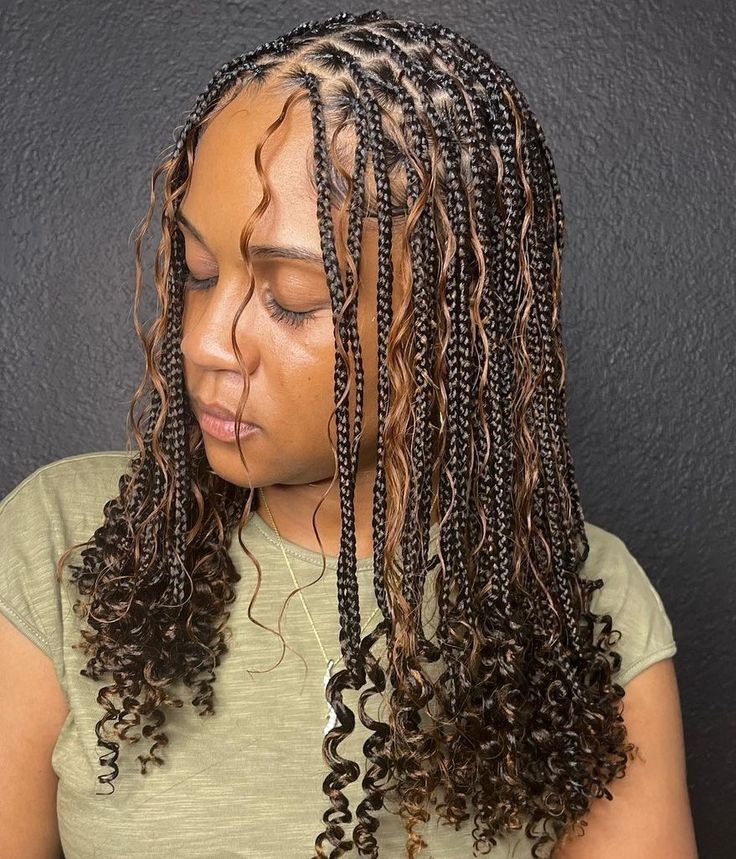


5.Extra long knotless braids with beads
Extra-long knotless braids involve creating lengthy braids without visible knots at the roots, providing a sleek and natural appearance. Beads are added as decorative elements along the length of the braids, enhancing the style with a personalized touch and added flair.
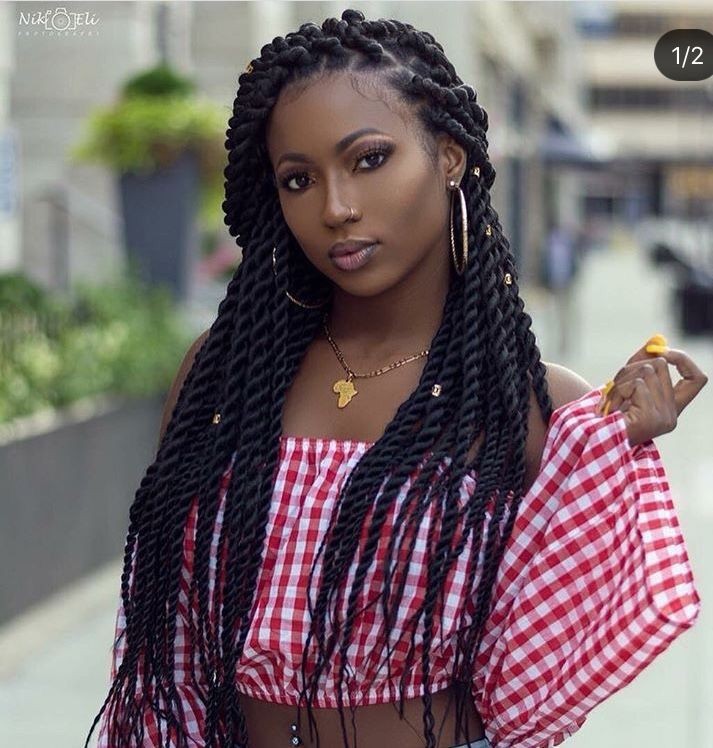

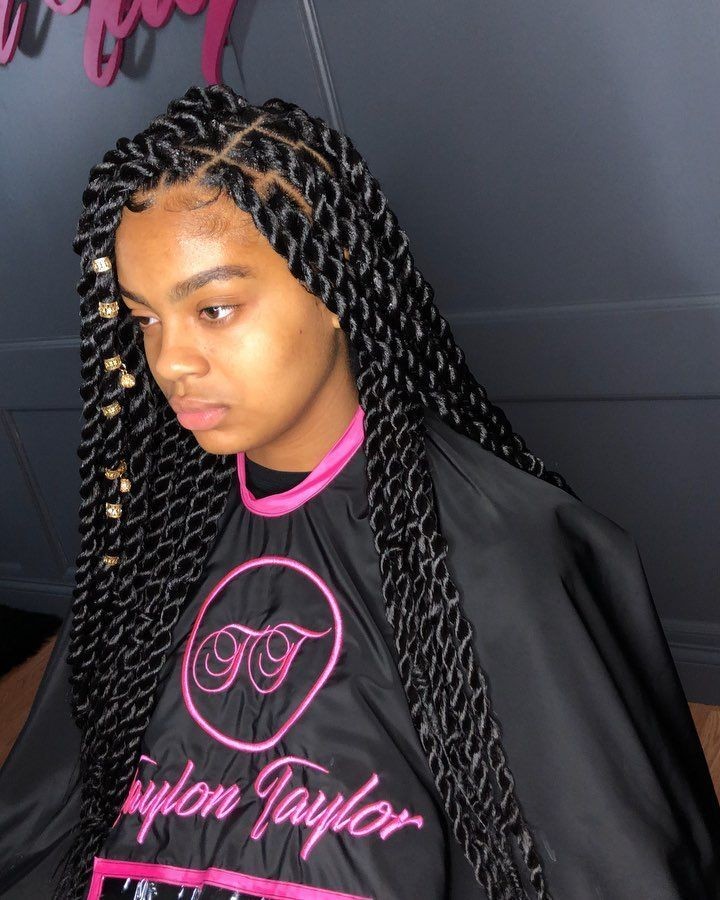

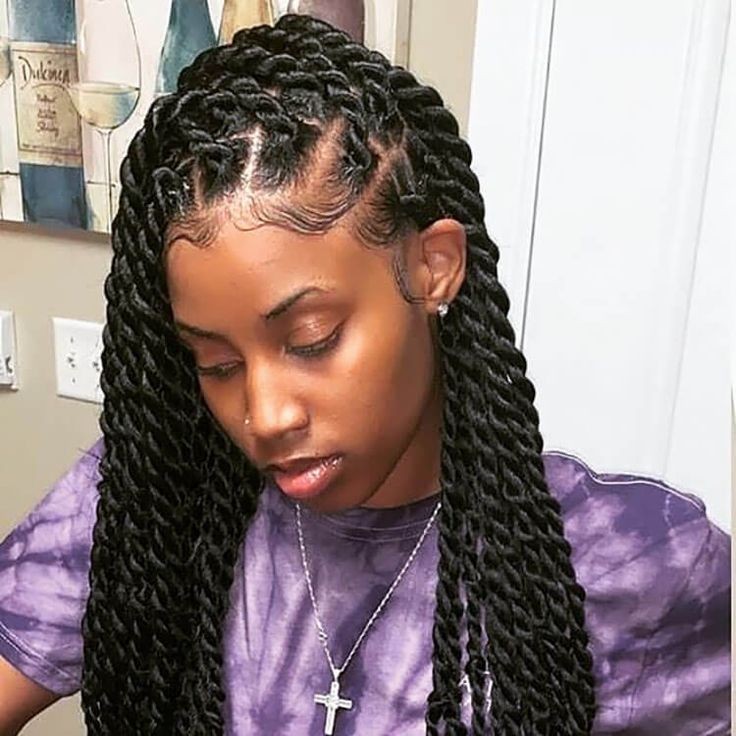



6.Heart shaped box braids
Heart-shaped box braids involve crafting box braids into a distinctive pattern resembling a heart shape. This creative and unique hairstyle adds a playful and romantic touch to traditional box braids, showcasing individual style and creativity.
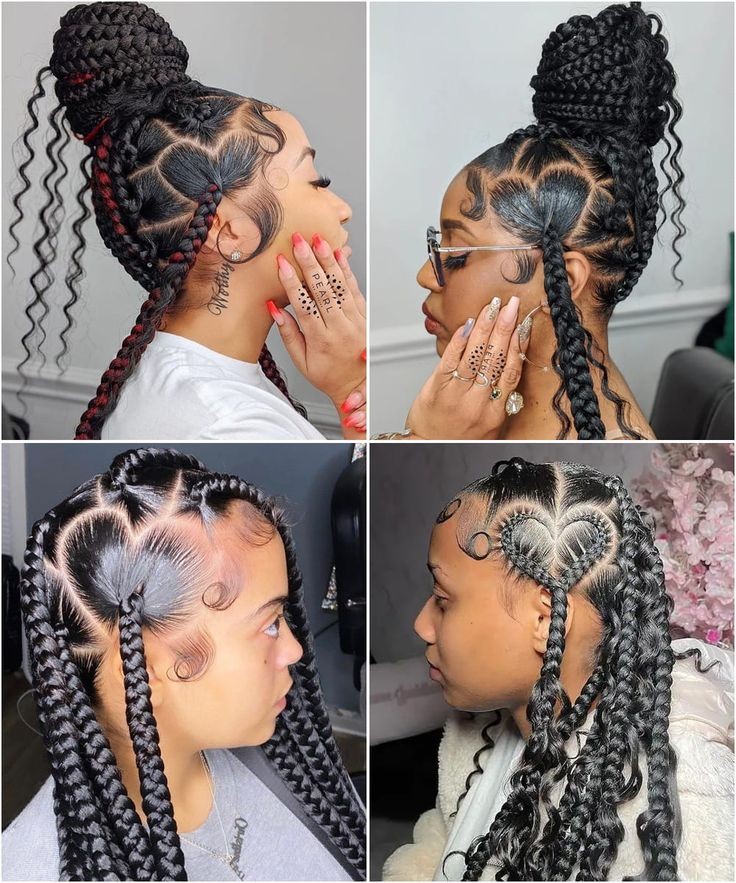

7.Knotless twist braids
Knotless twist braids are a hairstyle where twists are created without a visible knot at the roots. This technique reduces tension on the scalp, providing a more comfortable and natural look. The twists can be styled in various lengths and thickness, offering a versatile and trendy appearance.



8.Knotless braids for short hair
Knotless braids for short hair involve creating braids without visible knots at the roots on shorter hair lengths. This style offers a neat and natural look, suitable for those with shorter hair who want a protective and low-maintenance braided hairstyle.





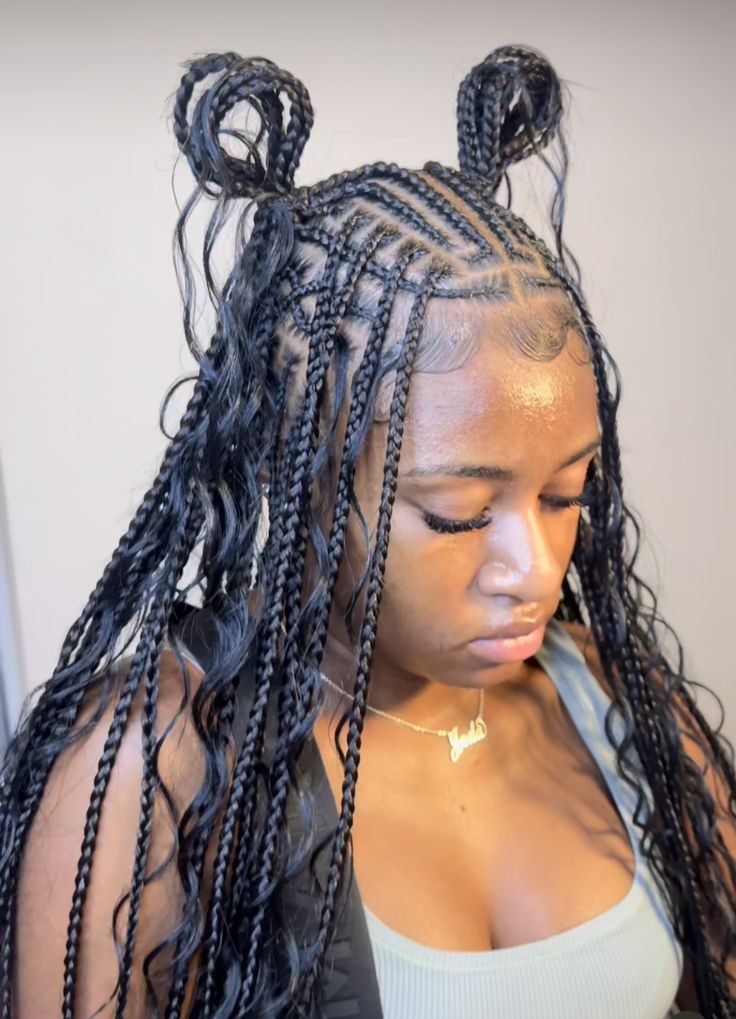



9.Knotless braids for long hair
Knotless braids for long hair involve braiding without visible knots at the roots on extended lengths. This style is versatile, offering a seamless and natural appearance for those with longer hair, providing a sleek and protective option for various lengths and textures.


10.Knotless box braids Ghana
Knotless box braids with a Ghanaian touch combine the knotless technique with the distinctive square-shaped sections of traditional Ghana braids. This fusion results in a stylish and neat look, blending the benefits of knotless braids with the geometric patterns characteristic of Ghana braiding styles.










11.Color 30 knotless braids
Color 30 knotless braids refer to knotless braids that are styled using hair color number 30. This specific color, likely a shade on the auburn or medium brown spectrum, adds vibrancy and individuality to the knotless braided hairstyle. It’s a way to personalize the look with a specific hair color preference.








12.Auburn knotless braids:
Auburn knotless braids involve using a reddish-brown or coppery hue for the braiding hair, creating a warm and distinctive look. This color choice adds richness and depth to the knotless braided hairstyle, offering a stylish and personalized touch to the overall appearance.








13.Knotless braids with no edges
Knotless braids with no edges typically involve avoiding braiding the hair close to the hairline to minimize tension on the edges. This approach aims to protect and maintain the natural hairline, making the style more comfortable for those concerned about tension or stress on the edges of the hair.


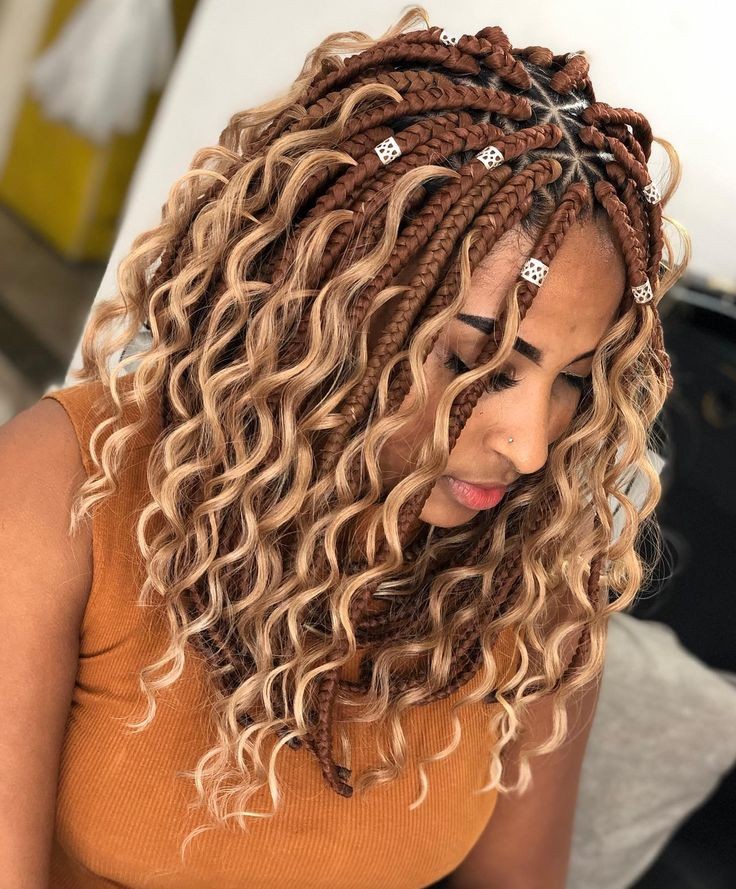

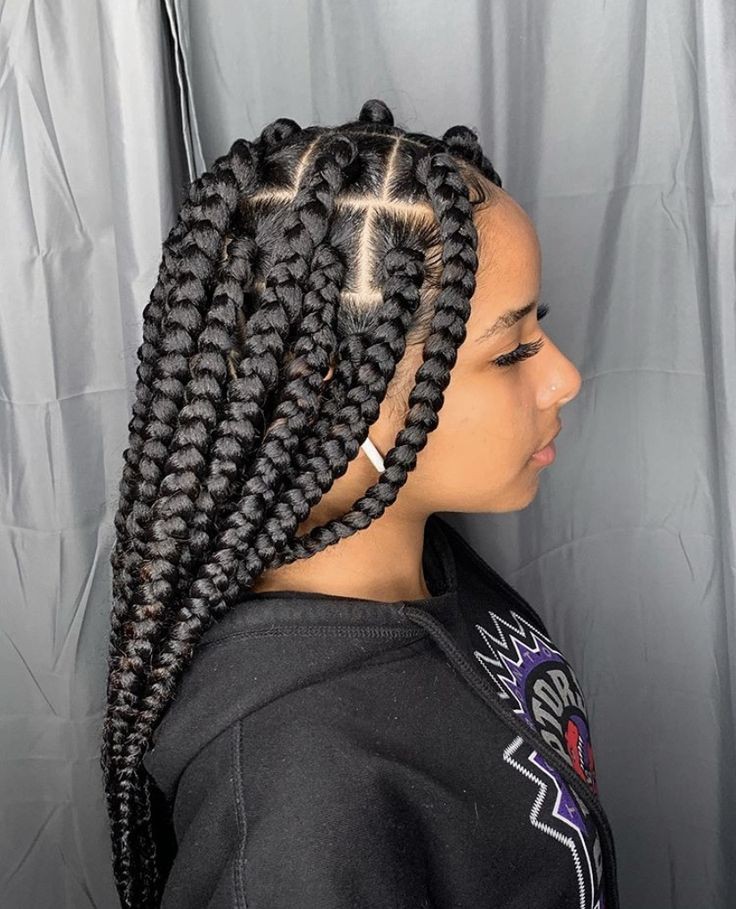


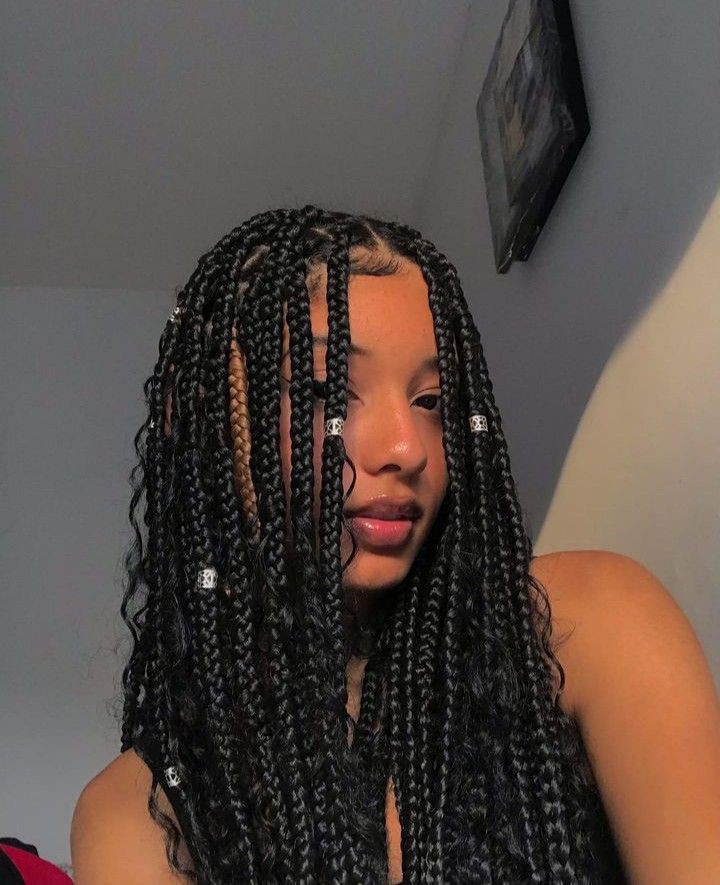


14.Knotless braids with color underneath
Knotless braids with color underneath incorporate a vibrant or contrasting color beneath the outer layer of the braids. This adds a pop of color that peeks through, enhancing the overall visual appeal and allowing for a dynamic and personalized hairstyle.
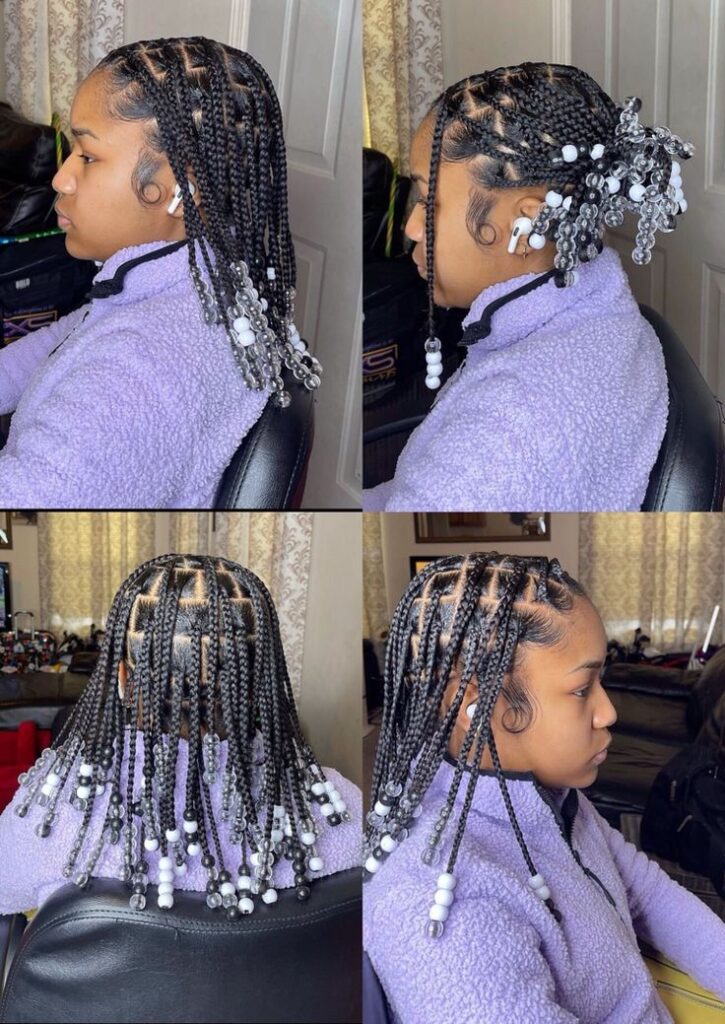

15.Ash blonde knotless braids
Ash blonde knotless braids involve using a cool-toned, pale blonde shade for the braided hair. This color choice offers a modern and trendy appearance, providing a chic and lightened look to the knotless braided hairstyle with an ashy undertone.






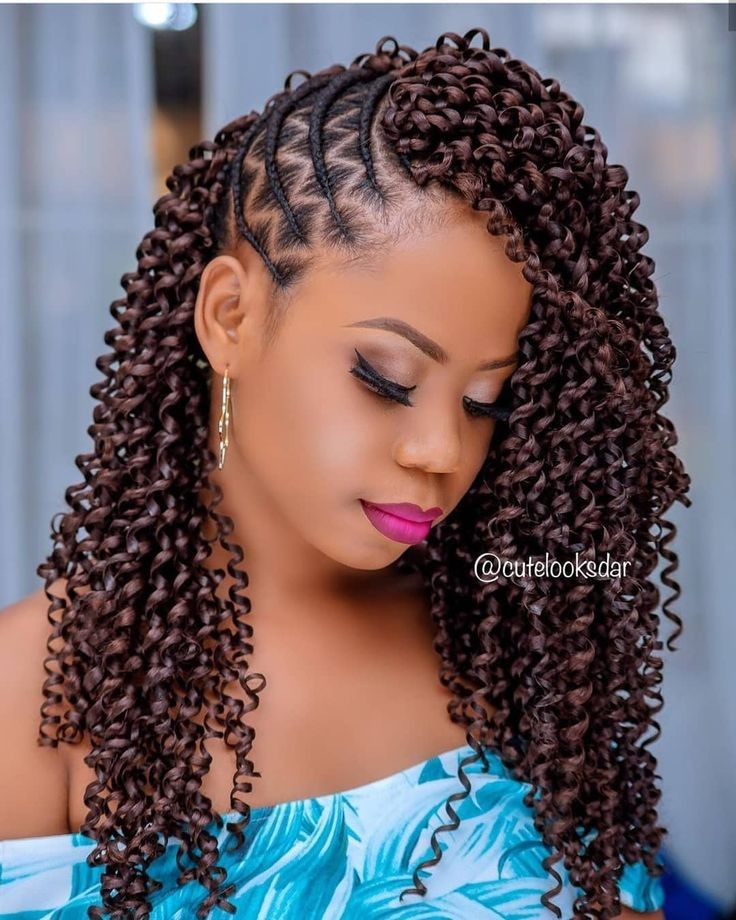

16.Mixed color knotless braids
Mixed color knotless braids feature a combination of different colors throughout the braided hair. This style allows for creativity by blending various shades, creating a dynamic and eye-catching look. Whether subtle highlights or bold contrasts, mixed color knotless braids offer a unique and personalized hairstyle.
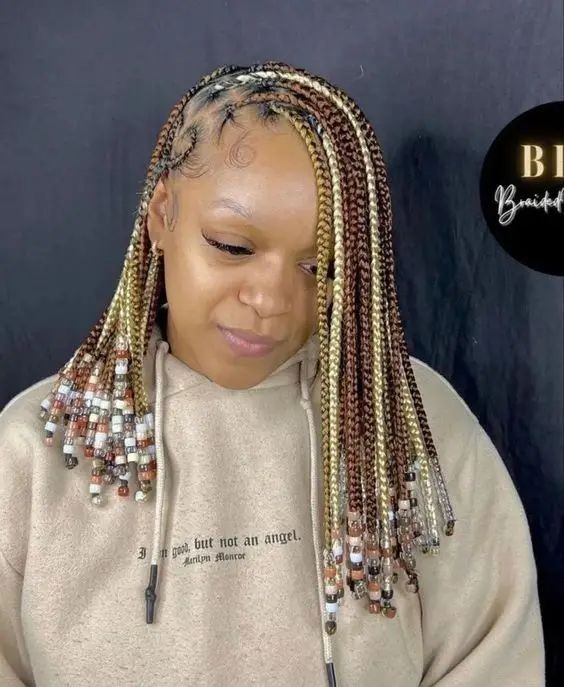

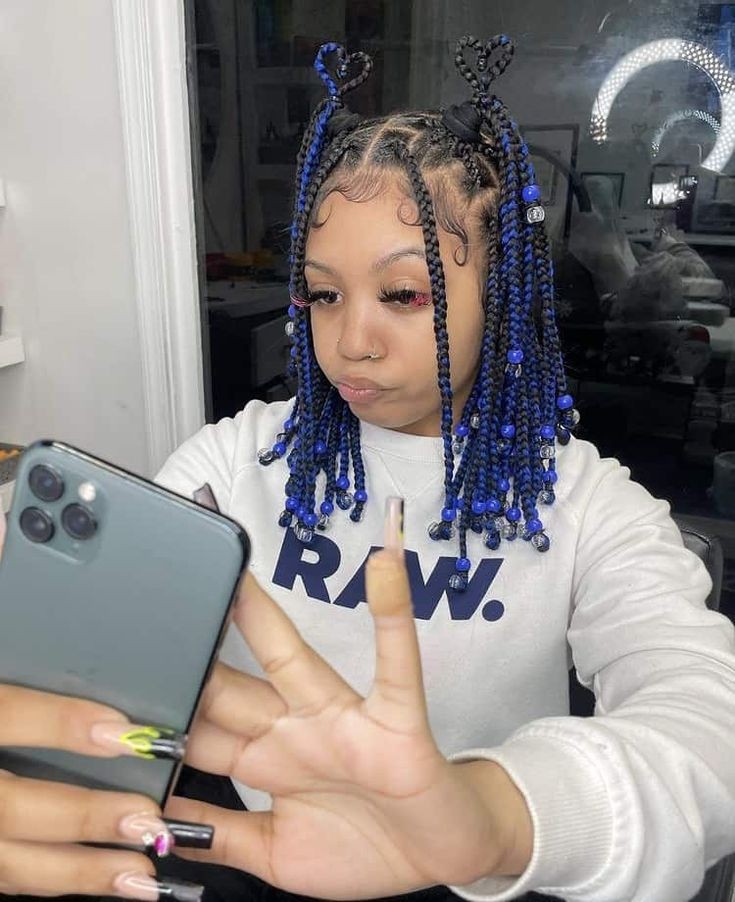





17.Skinny neat small box braids
Skinny, neat, small box braids refer to a hairstyle where the individual braids are thin, meticulously crafted, and arranged in a traditional box pattern. This style offers a polished and intricate look, combining the precision of small braids with the clean structure of box braids for a refined appearance.



18.Bohemian box braids with color
Bohemian box braids with color blend the free-spirited, boho aesthetic with vibrant hair hues. These box braids often incorporate earthy tones or pastels, adding a bohemian flair to the traditional structured pattern. The combination results in a stylish and eclectic hairstyle that merges Bohemian vibes with colorful individuality.


19.Box braids on natural hair no weave
Box braids on natural hair without weave involve creating the braided style solely using your natural hair without adding any extensions or weave. This method celebrates and enhances the natural texture of your hair, offering a protective and stylish way to wear box braids while maintaining the authenticity of your own hair.








20.Mermaid goddess box braids
Mermaid goddess box braids typically involve using vibrant and multi-tonal colors reminiscent of a mermaid’s palette. These box braids are often long, flowing, and may incorporate sea-inspired hues like blues, greens, and purples. The style aims to capture the enchanting and ethereal essence of mermaid aesthetics in a box braided hairstyle.
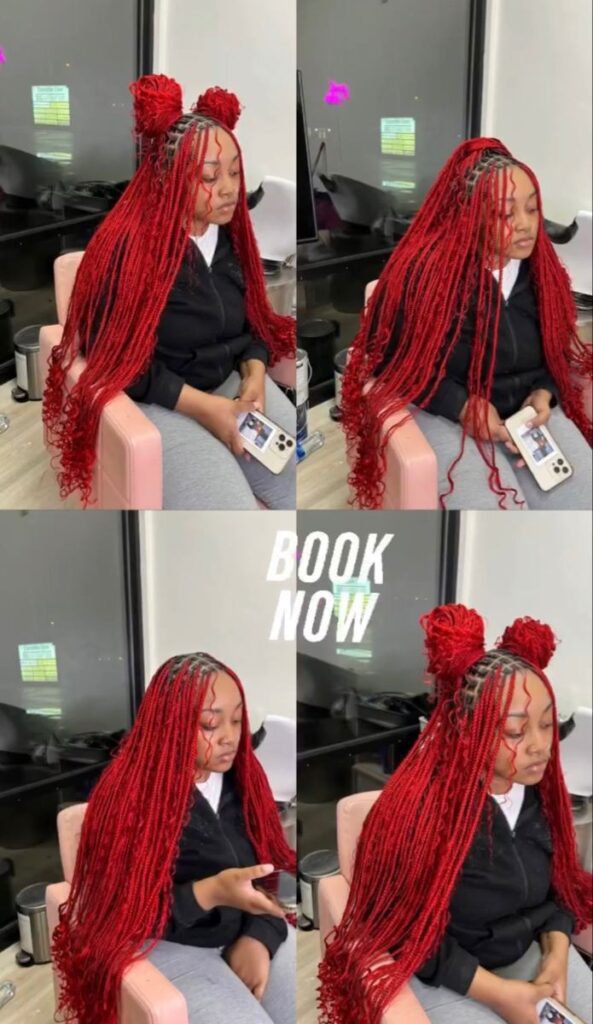

21.Box braids with no edges
Box braids with no edges involve styling without braiding the hair close to the hairline, leaving the edges unbraided. This approach minimizes tension on the delicate hairline, making it a protective option for those concerned about potential stress on their edges. It maintains a comfortable and stylish look while prioritizing the health of the hairline.



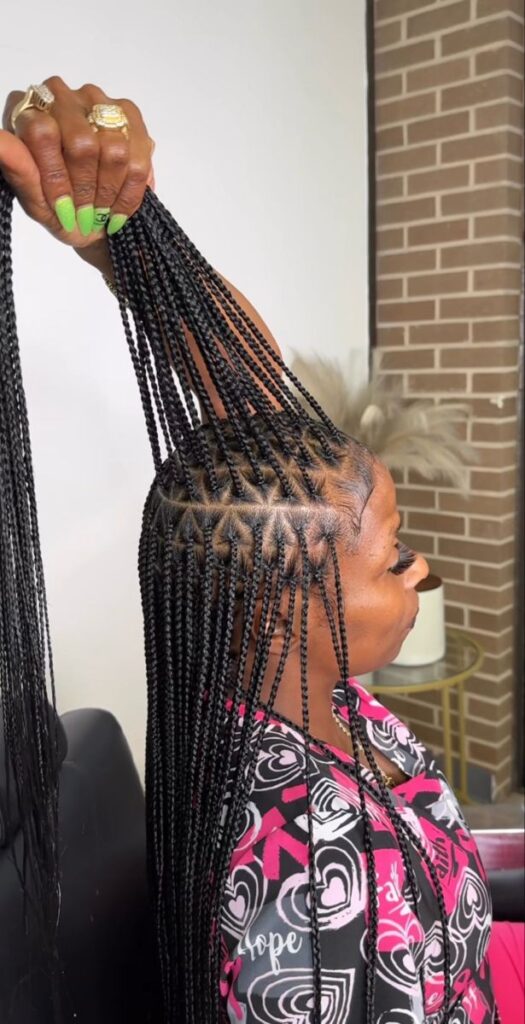






22.Braids with open ends
Braids with open ends refer to a hairstyle where the braids are intentionally left unsealed or unsecured at the tips. Instead of being traditionally secured, the braided strands are left loose, creating a relaxed and casual look. This style provides a carefree and bohemian aesthetic to the overall braided hairstyle.
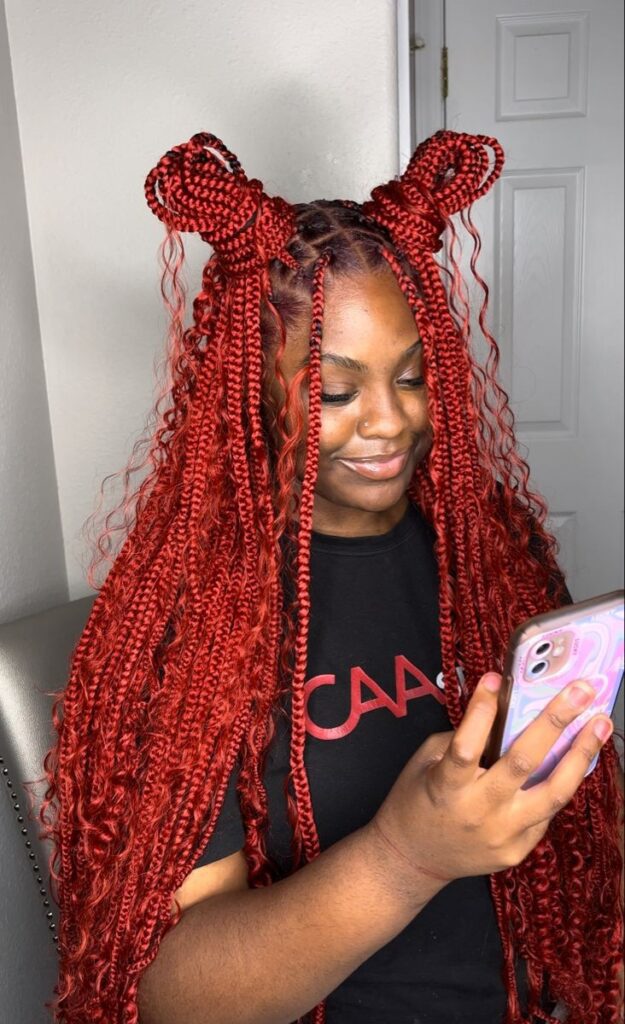

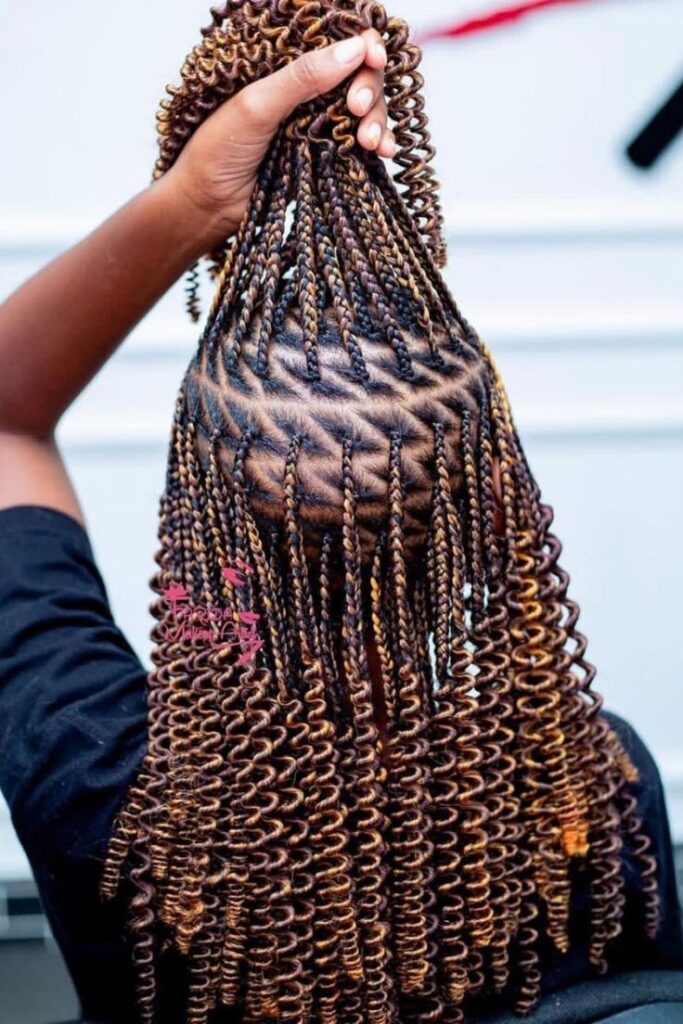





23.Protective braids
Protective braids are a hairstyle designed to safeguard natural hair from environmental damage and manipulation. Styles like box braids, twists, or cornrows help minimize breakage and promote hair growth by reducing exposure to elements and reducing the need for constant styling, making them a popular choice for maintaining healthy hair.








24.Brown knotless braids
Brown knotless braids feature the knotless braiding technique with a brown color scheme. This classic and versatile choice can range from light to dark brown, providing a natural and timeless look. Brown knotless braids offer a stylish and low-maintenance option, blending seamlessly with various skin tones and personal styles.


25.Pin up knotless braids
Pin-up knotless braids involve styling the braids in an upward or pinned fashion. This technique often includes securing the braids into an updo or bun, creating an elegant and sophisticated look. It’s a versatile way to wear knotless braids, combining the comfort of the knotless technique with the polished appearance of a pinned-up hairstyle.








26.Ombre Knotless Braids
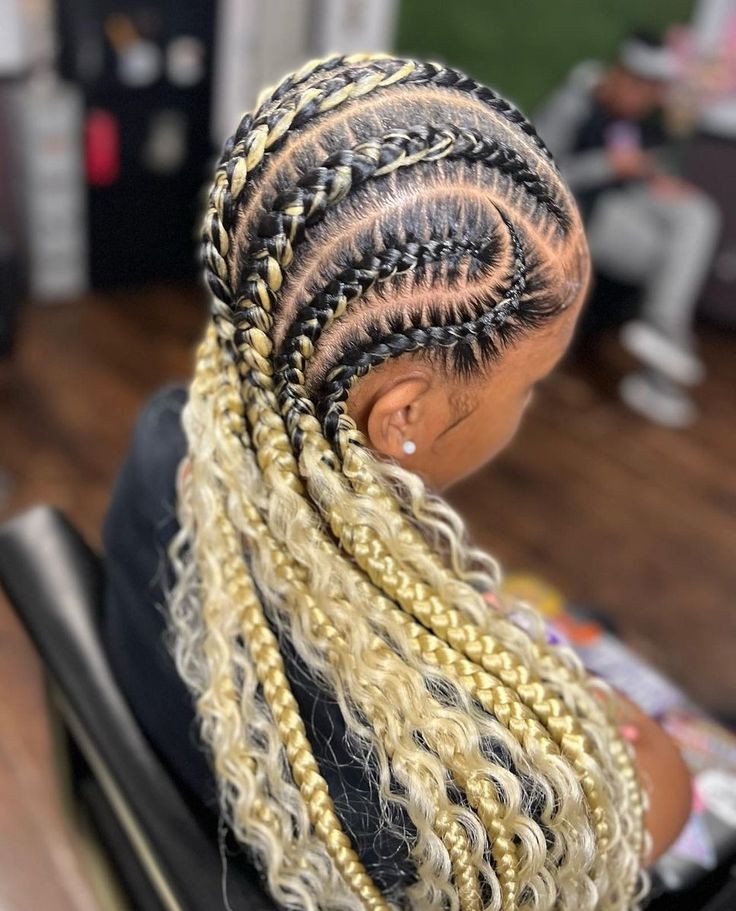







Ombre knotless braids feature a color gradient where the braided hair transitions from one shade to another, typically darker at the roots and gradually lightening towards the ends. This ombre effect adds a stylish and dynamic dimension to knotless braids, offering a trendy and visually appealing hairstyle with a seamless blend of colors.
Introduction to knotless braids
Knotless braids have become increasingly popular in recent years as a versatile and low-maintenance hairstyle option. Unlike traditional box braids, knotless braids are created using a different technique that eliminates the need for bulky knots at the base of each braid. This results in a more natural and seamless look, with the braids appearing to grow directly from the scalp. One of the key advantages of knotless braids is the reduced tension at the roots, making them a preferred choice for individuals with sensitive scalps or hair prone to breakage.


Additionally, knotless braids offer greater flexibility in terms of styling as they can be parted and styled in various ways, allowing for more creativity and versatility in your overall look. Whether you’re new to knotless braids or looking to expand your hairstyling repertoire, understanding the basics of this technique will help you achieve stunning and long-lasting braided hairstyles.
Why they’re a great choice
Knotless braids are a great choice for beginners and experienced braiders alike due to their numerous benefits. Firstly, the knotless technique used in creating these braids ensures a more comfortable and gentle experience, minimizing tension and pulling on the scalp. This makes them an ideal option for individuals with sensitive scalps or those who are prone to hair breakage.








Additionally, knotless braids offer a more natural and seamless appearance, as the absence of bulky knots at the base of the braids creates a look that mimics natural hair growth. This makes them highly versatile and allows for various styling options, giving you the freedom to express your personal style and creativity. Furthermore, knotless braids tend to have a longer lifespan compared to traditional braids, as the absence of knots reduces the likelihood of them unraveling or becoming frizzy over time. With their comfort, natural look, styling flexibility, and durability, knotless braids are undoubtedly a fantastic choice for anyone looking to rock beautiful and low-maintenance braided hairstyles.
Necessary tools and supplies
To achieve successful knotless braids, it is essential to have the necessary tools and supplies at your disposal. Firstly, you will need a wide-toothed comb or detangling brush to gently comb through the hair and remove any knots or tangles. This will ensure a smooth and even foundation for the braiding process. In addition, having sectioning clips or hair ties will help to divide the hair into manageable sections, making the braiding process more organized and efficient.


It is also crucial to have a quality braiding hair of your choice, whether it’s synthetic or human hair, in the desired length and color. This will provide the necessary material to create the braids. Lastly, having a hair moisturizer or oil, along with a rat-tail comb, can be beneficial for adding moisture to the hair and creating neat partings for the braids. By having these essential tools and supplies on hand, you can ensure a smooth and successful knotless braiding experience.
Preparing your natural hair
Before embarking on the knotless braiding process, it is important to properly prepare your natural hair to ensure optimal results. Begin by thoroughly washing and conditioning your hair, using products that are specifically formulated for your hair type and texture. This will help to remove any product buildup or dirt from the hair, creating a clean and fresh canvas for the braids.










After washing, gently towel dry your hair to remove excess moisture, being careful not to rub or tug on the strands. Next, apply a leave-in conditioner or hair moisturizer, focusing on the ends and any areas that may be prone to dryness. This will help to hydrate and nourish the hair, making it more manageable during the braiding process.



Additionally, if your natural hair is prone to tangling or knotting, consider gently detangling it using a wide-toothed comb or detangling brush. Starting from the ends and working your way up, carefully remove any knots or tangles without causing unnecessary breakage or damage. By properly preparing your natural hair, you are creating a strong foundation for the knotless braids and ensuring that they will be installed smoothly and comfortably.
Proper sectioning techniques
In order to achieve neat and uniform knotless braids, proper sectioning techniques are crucial. Sectioning your hair not only helps to create clean and organized parts, but it also ensures that each braid is of equal size and tension. To begin, divide your hair into manageable sections using hair clips or hair ties. The size of each section will depend on the desired thickness of your braids and the overall style you wish to achieve. It’s important to work with small, manageable sections to maintain control and precision throughout the braiding process. When sectioning, make sure to part your hair in straight and even lines, using a rat-tail comb or pointed end of a rattail brush for more accurate results.


This will help to create symmetry and consistency in the final look of your knotless braids. Remember to take your time during the sectioning process, as it sets the foundation for the entire hairstyle. By implementing proper sectioning techniques, you can achieve beautifully braided knotless styles with ease and professionalism.
How to start braiding
To start braiding, begin by separating a small section of hair from one of the sections you have created. Hold the section firmly between your fingers, ensuring a tight grip to maintain control throughout the braiding process. Divide this section into three equal strands, holding one strand in each hand and the middle strand between your fingers. Cross the right strand over the middle strand, followed by crossing the left strand over the newly formed middle strand.


Continue this alternating pattern of crossing the right and left strands over the middle strand, while incorporating small sections of hair from the surrounding area as you move downwards. Ensure that each strand is pulled tight to create a clean and uniform braid. Repeat this process until you have braided the entire section, securing the end with a small hair elastic or a braid sealant. Practice and patience are key when starting to braid, so take your time and gradually increase your speed and technique as you become more comfortable with the process.
Maintaining even tension
Consistency in tension is crucial when creating knotless braids. Maintaining an even tension throughout the braiding process ensures a uniform and polished appearance. Uneven tension can lead to bulky or loose sections, which can diminish the overall neatness of the braids.


To achieve even tension, it is essential to maintain a steady grip on the hair strands and apply equal pressure as you weave and incorporate sections of hair. Regularly check your tension by running your fingers along the braid to ensure that it feels consistently tight from the roots to the ends. Adjust the tension as needed to achieve a seamless and professional-looking result. By paying attention to maintaining even tension, your knotless braids will have a clean and refined finish that showcases your skill and attention to detail.
Adding extensions to braids
When incorporating extensions into braids, it is important to follow a careful and precise process to ensure a seamless and natural-looking result. Begin by sectioning the hair and preparing the extensions, making sure they are clean and tangle-free.


Take small sections of the natural hair and intertwine them with the extension, starting close to the root and gradually working your way down. As you continue to braid, ensure that the tension remains consistent and that the extensions are evenly distributed throughout the braid. By taking your time and paying attention to the details, you can add extensions to braids in a way that enhances length, thickness, and overall style, creating a stunning and versatile look.
Finishing and styling techniques
To achieve a polished and professional finish for knotless braids, it is essential to focus on the finishing and styling techniques. After completing the braiding process, carefully trim any stray hairs or uneven ends to ensure a clean and neat appearance. To add a touch of elegance, consider incorporating decorative elements such as beads or cuffs along the length of the braids.


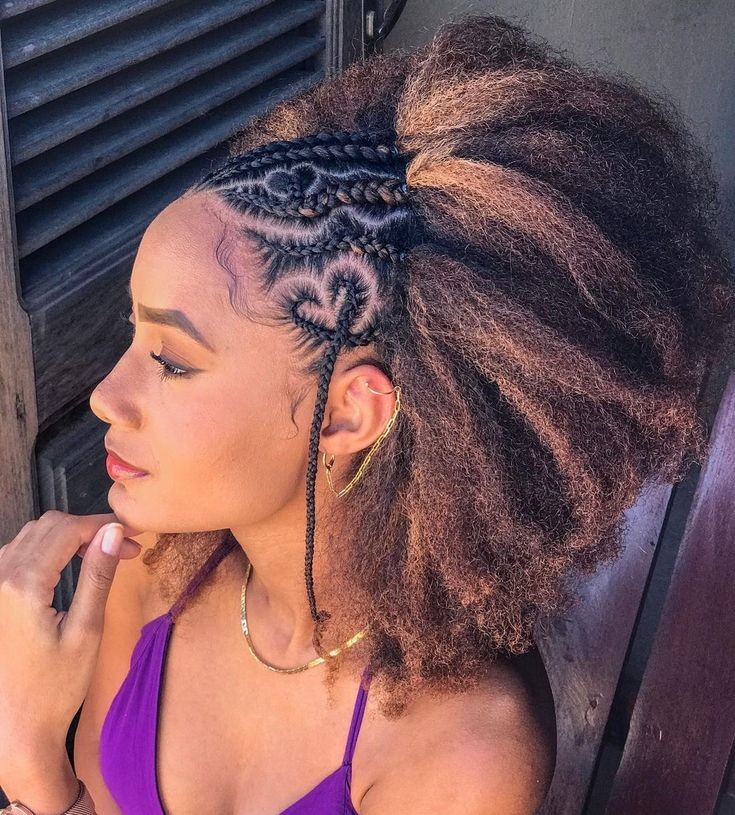



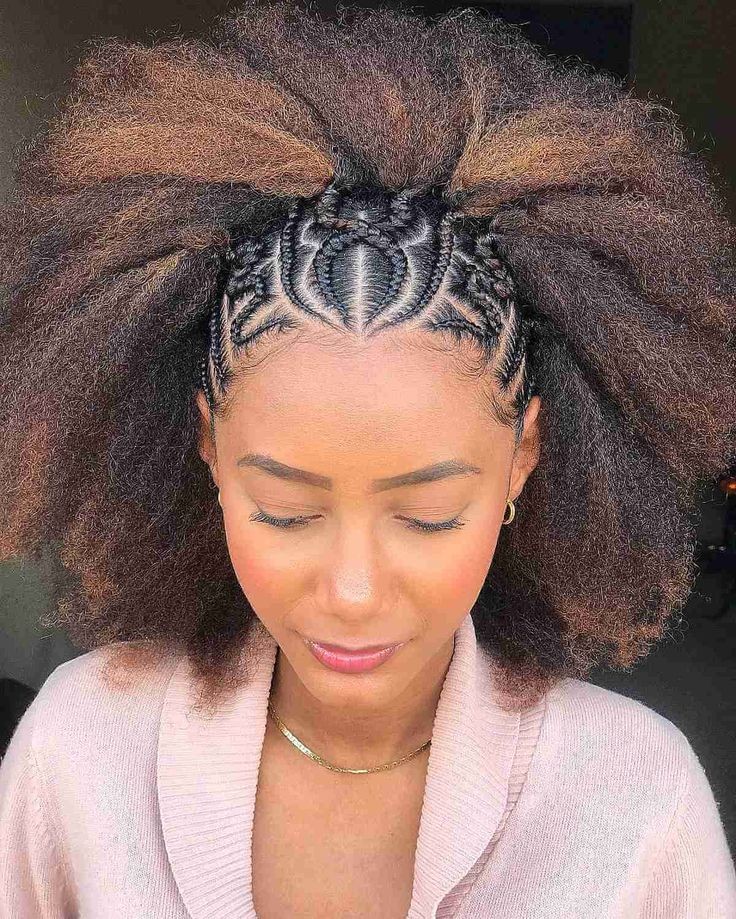

Additionally, you can experiment with various styling options, such as updos, ponytails, or even half-up, half-down styles, to showcase the versatility of knotless braids. Remember to use a lightweight and non-greasy styling product to minimize frizz and maintain the braids’ sleekness throughout the day. By paying attention to these finishing touches and exploring different styling techniques, you can elevate your knotless braids for beginners to a stunning and sophisticated level.
Tips for long-lasting braids
To ensure the longevity of your knotless braids, there are a few key tips to keep in mind. First and foremost, it is crucial to properly prep your hair before braiding. This includes thoroughly cleansing and conditioning your hair to remove any product buildup or oils that may interfere with the braiding process. Additionally, make sure your hair is well-moisturized and detangled before starting the braids, as this will promote a smoother and more seamless braiding experience.
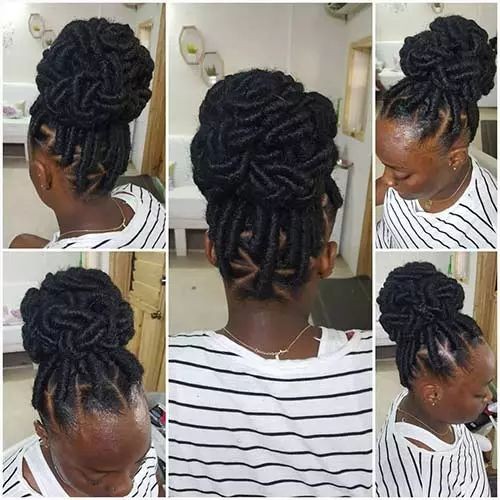

During the braiding process, be mindful of the tension you apply to your hair. While it’s important for the braids to be secure, excessive pulling and tightening can cause discomfort and potentially damage your hair. Opt for a comfortable level of tension that allows for natural movement and flexibility.








To maintain your braids for an extended period of time, it is essential to protect them while sleeping. Consider wrapping your braids in a satin or silk scarf or using a silk pillowcase to minimize friction and prevent frizz. Additionally, avoid excessive manipulation or touching of the braids throughout the day, as this can cause them to unravel or become frizzy.
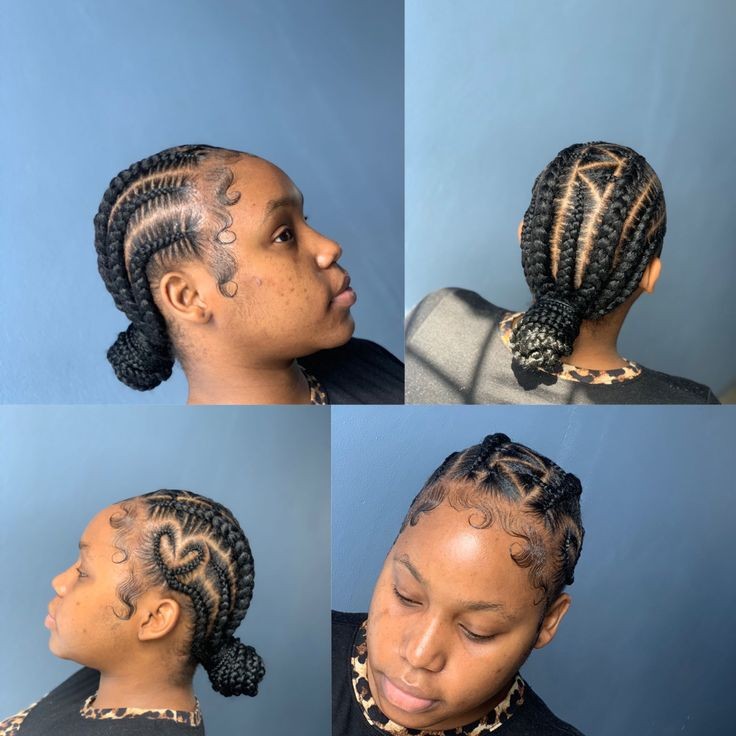

Lastly, regular maintenance is key to ensuring the longevity of your braids. Gently cleanse your scalp with a diluted shampoo or a dry shampoo to remove any buildup or oils, and follow up with a lightweight conditioner to keep your hair moisturized. Use a small amount of oil or a leave-in conditioner to nourish your scalp and the braids, focusing on the ends where dryness is most common.


By following these tips for long-lasting braids, you can enjoy the beauty and convenience of knotless braids for beginners for an extended period of time. Remember to prioritize the health and care of your hair to achieve the best results.


In conclusion, knotless braids are a great option for beginners looking to try a new protective hairstyle. Not only are they easy to install and maintain, but they also put less tension on the scalp and edges compared to traditional box braids. With the right techniques and products, anyone can achieve a flawless and comfortable knotless braid look. So, if you’re new to braiding or simply looking for a healthier alternative, give knotless braids a try and see the amazing results for yourself. Happy braiding!
